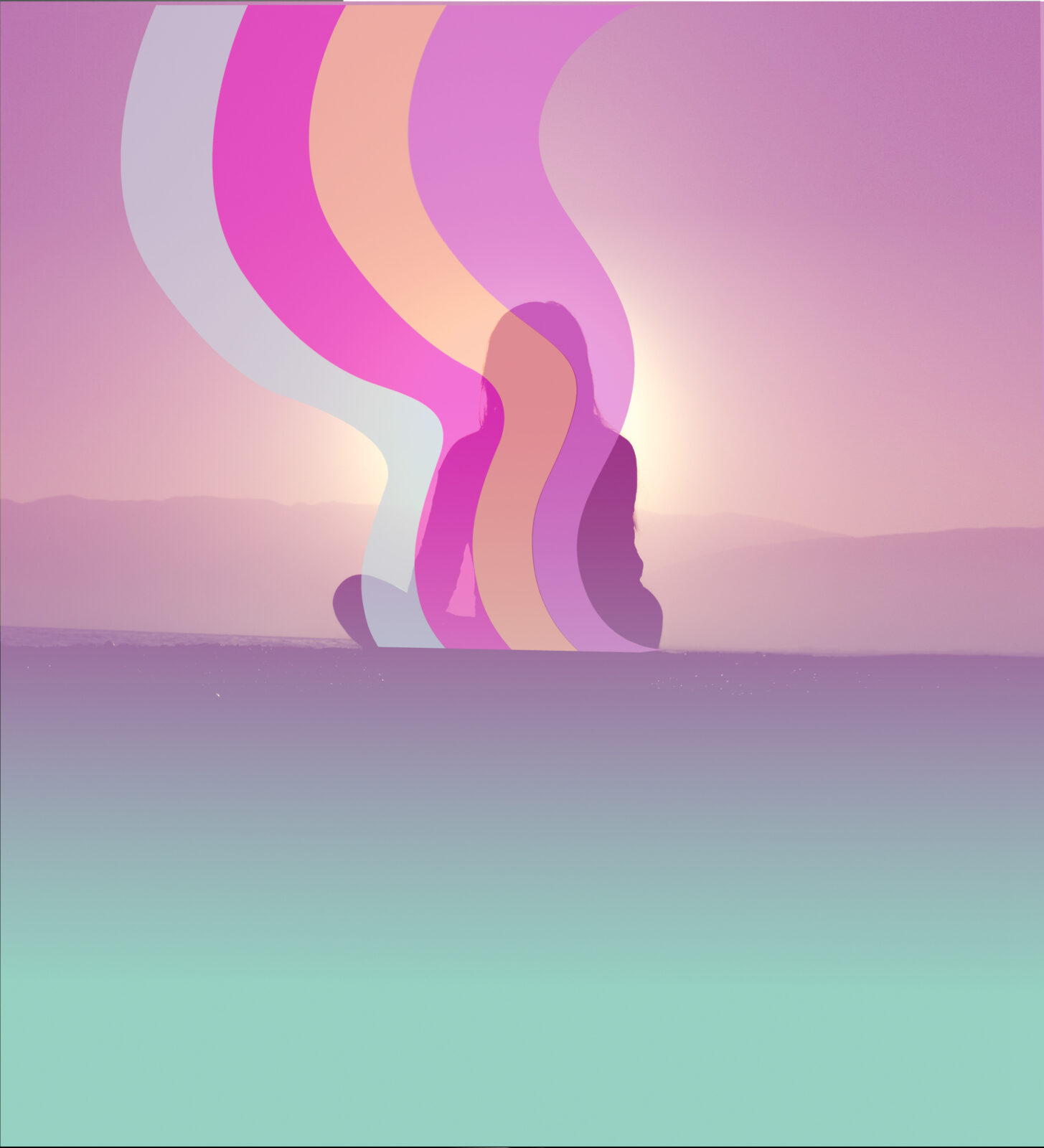


During the pandemic, some of us have had a lot more time to meditate . . . and to watch Netflix, or any of the seemingly endless streaming options offering more content than we can possibly consume in a lifetime.
When we meditate, we’re tuning in to the true nature of our mind.
But when we pick up the remote, are we just tuning out, lazily falling deeper into what Buddha called the sleep of samsara? Or can we use our viewing time to tune in to the true nature of reality?
That may depend on both what we’re watching and how we’re watching it.
Some films and series are particularly fun to play with on a spiritual level because they, themselves, play with the nature of reality, perception, conception, dreams, and what it means to wake up.
The most seen film in movie history offers a perfect example. When Dorothy wakes up back in Kansas, she protests that her time in Oz wasn’t a dream, yet no one seems to believe her. We do. We’ve been there and seen it in all its Technicolor glory. On some level, we’ve assented to that reality, as we do when we enjoy any film, however fantastical. It’s the same way that we assent to the realities of a dream as we’re dreaming.
“This was a real, truly live place. And I remember that some of it wasn’t very nice. But most of it was beautiful. But just the same, all I kept saying to everybody was, ‘I want to go home.’ And they sent me home,” Dorothy says in the final scene. “Home! And this is my room—and you’re all here! And I’m not going to leave here ever, ever again, because I love you all!”
If you pause there, before the well-known final line (“There’s no place like home!”), you realize that Dorothy has had something of a deeper awakening, in the Buddhist sense, to the true, extraordinary, blissful nature of what she previously experienced as a rather dull, boring, ordinary life.
In the Mahayana Buddhist scripture Training the Mind in Seven Points, the great Tibetan bodhisattva Geshe Chekhawa (1102–1176) says, “Think that all phenomena are like dreams.”
By thinking this way, Buddhist practitioners become more familiar with the true nature of reality and move closer toward spiritual awakening.
As played by Bill Murray in 1993’s Groundhog Day, TV weatherman Phil Connors experiences an awakening similar to Dorothy’s, only he experiences it several dozen times, over and over, until he gets it right. Like Dorothy, Phil is initially feeling down, uninspired by his surroundings and his circumstances. Through the course of the film, he experiences dream-like loops, reliving February 2nd over and over, experiencing it differently depending on his own actions and perceptions. Through the transformative power of love and wisdom, he comes to realize that he can use his knowledge of the loops to change himself and others. He saves people from deadly accidents and misfortunes and ultimately makes a meaningful connection with his love interest, freeing himself from the loops—in essence, waking up from a transformative dream.
What Phil realizes is what Buddhist practitioners, with practice, come to realize: when we change our mind, we change our world. Why? Because our world is created by our mind.
With our present (unenlightened) waking minds, we experience phenomena as existing independently, outside of our mind. In truth, everything we experience depends upon the mind perceiving—we might even say conceiving—it.
The same is true of the relationship between our dreaming minds and dream reality. When we’re dreaming, even the strangest things appear very real to us. Only when we wake do we understand that our dream appearances were “just a dream” created by our dreaming mind.
When we’re dreaming, even the strangest things appear very real to us.
Buddha’s teachings ask us to live as if we are in a lucid dream, understanding that our minds are creating our reality.
Richard Linklater’s 2001 film Waking Life takes an overtly profound look at the power of lucid dreaming, the nature of consciousness, reality, free will, existentialism, and the meaning of life. Using surreal rotoscoped digital video of live actors, the film follows the journey of a young man through a succession of dream-like realities where he encounters a series of individuals who engage in philosophical discussions and presentations. Only gradually does he begin to realize that he is living out a perpetual dream. Like a dream alluding to the past, the film references Linklater’s previous films Slacker (1991) and Before Sunrise (1995) and includes a cameo by the filmmaker himself. Though Linklater’s character offers the neat conclusion that dreams offer a glimpse into the infinite nature of reality, there are multiple (one might say infinite) conclusions to be reached.
In a more contemporary take on life as a lucid dream, Netflix’s 2019 series Russian Doll presents another colorful and surreal, though totally live action, take on the revelatory power of the dream loop. Like Bill Murray’s Phil, Natasha Lyon’s Nadia struggles to escape repeating the same day (in this case, her thirty-sixth birthday) until she begins to more closely investigate the nature of her experience and discovers its transformative potential. Along the way, we’re invited to contemplate ideas like rebirth, interdependence, the dependent-related nature of reality, and even parallel universes.
Midnight Gospel, another recent Netflix original, is much more overtly Buddhist in orientation. This adult animated series created by Pendleton Ward and Duncan Trussell directly asks us to consider the implications of Buddhist philosophy in a series of dream-like encounters in trippy parallel universes. The crudely rendered Clancy comically and profoundly confuses Buddhist teachings as an excuse to, essentially, space out. His misadventures in the multiverse yield profound and illuminating realizations, largely via audio taken from The Duncan Trussell Family Hour podcast interviews with thinkers like addiction specialist Dr. Drew Pinsky, writer Anne Lamott, and Buddhist teacher David Nichtern. Anyone with an interest in meditation, or an experience with hallucinogens, will immediately find something of interest in these episodes, not to mention anyone who has experienced grief or questioned the meaning of loss and life.
Each episode of Midnight Gospel evokes a trip into deeper levels of consciousness. When we fully absorb into meditation, as when we dream, we’re engaging with our subtle consciousness. But in meditation, because we are actively cultivating wisdom—and other good qualities like love and compassion—we’re not going to sleep; we’re actually in the process of waking up to our fullest potential: to become a Buddha, an enlightened being, one who is fully awake.

When we sleep, our minds are not focused or directed. We let the dreaming mind produce what it will and wake up with that sense, “I’ve just had the strangest dream.”
It’s akin to having watched a decidedly odd, provocative film, like Charlie Kaufman’s latest psychological thriller, I’m Thinking of Ending Things. What feels, at first, like a love story gone wrong ends up offering a surrealistic exploration of the nature of time and reality that, much as a dream might, touches on the kind of gauzy impressions left by poetry, art, music, theater, and film on our subtle consciousness. As in a particularly bizarre, vivid dream, the protagonist experiences an unexpected interplay between identity and perspective and among the past, present, and future.
Like a Buddhist teacher, all of these works seem to be telling us “you’re in a dream.” In fact, any film, series, or book—truly anything that appears to our minds—can be experienced as a training in the nature of reality, perhaps bringing us closer to truly waking up.

Katy Brennan is a writer, author, and Buddhist meditation teacher. She began her dharma practice in 2005 in her hometown of New York City and currently teaches weekly classes in the East Village.
Get the latest news and stories from the Rubin, plus occasional information on how to support our work.